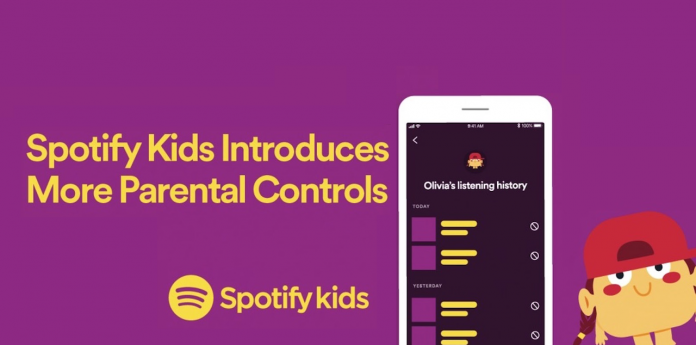
Believe us when we say kids also love Spotify. I’ve lost count of how many times I found my Spotify account playing a playlist not mine. My kid has taken over my premium account and managed to make his own music playlist. It happens more often especially now that the whole family is staying at home. Maybe it’s time that I use Spotify Kids and take advantage of the features available. The app has recently received some updates and new features that focus on parental control and customization.
Spotify Kids was first introduced last month. It’s still in beta but it’s continuously expanding to the US, Canada, and France. It’s getting a round of updates so parents can have greater peace of mind. It’s also now made available in Germany and Japan with enhanced parental control and safety.
The app is different because the content has been limited. It mainly features bedtime stories and lullabies for young kids. The older children are presented with age-appropriate content as well. Frankly, a kids’ version is really needed because not all songs and audio files on Spotify are for kids.
If you’re a Spotify Premium Family subscriber, you can have access to Spotify Kids. Rest assured, all audio your kids can listen to are safe and age-appropriate. They’ve been curated by expert kids editors. The audio stories and music available are all kid-friendly.
On Spotify Kids, the parents can now access the ‘Listening History’ section. You can also block audio stories and individual songs from appearing. All these and more, you can access and control from your Spotify account.
You can hide any sony or audio file from showing on the kid’s account. Content can be unblocked on the PIN-protected ‘Listening History’ or ‘Blocked Content’. The Spotify Kids team is also adding more music and audio stories. Feel free to search for more content from your children’s favorite TV shows.
Spotify Kids is free if you have Spotify Premium Family. It’s now ready on key markets like the US, UK, Denmark, Sweden, Ireland, France, Germany, Australia, Japan, New Zealand, Argentina, Mexico, and Brazil.









